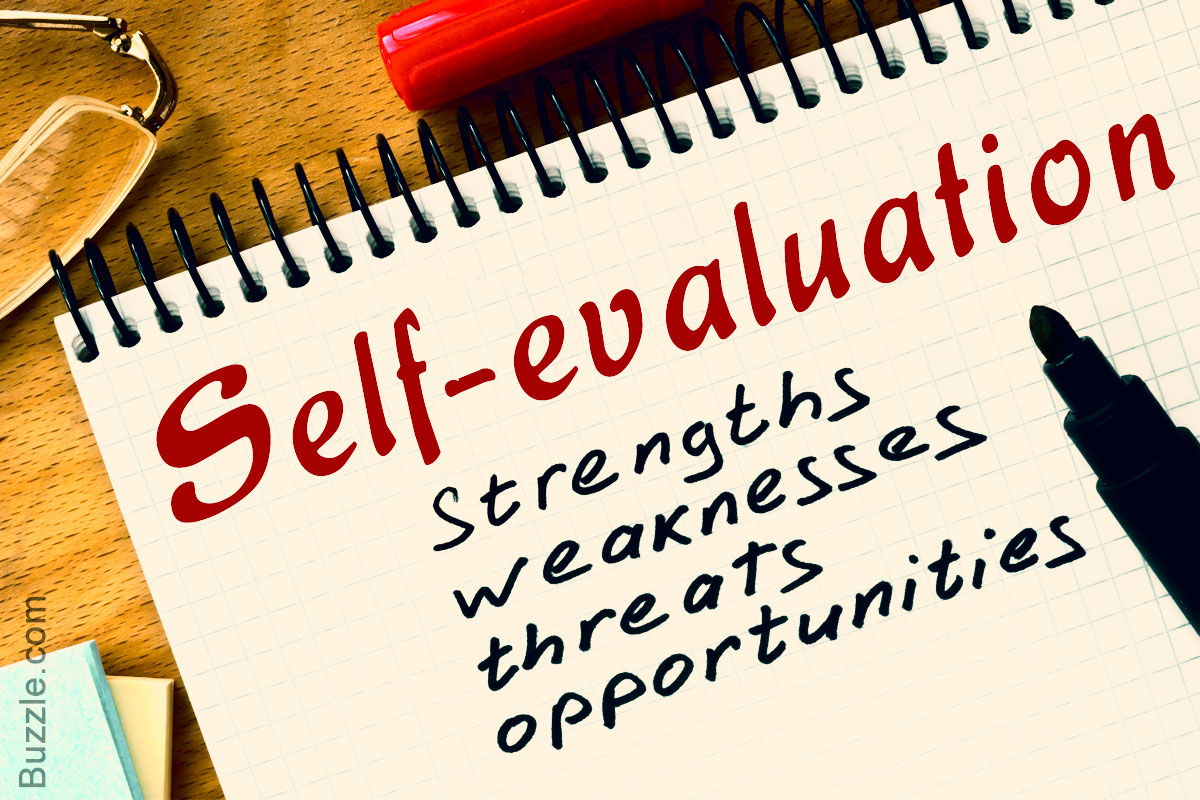For this activity, I have chosen the aboriginal identity lesson and evaluated that. Here is the link to that: Aboriginal Identity
This lesson plan is for CLB 8 international students aged between 25-40 in an ESL class.
The lesson objectives are as following:
- Learn about common stereotypes and misconceptions of Aboriginal people and discover the media’s role in the perpetuation of these stereotypes and misconceptions
- Reflect on some of their own ideas about Aboriginal people learn about the ways that Aboriginal people are trying to break down common misconceptions and stereotypes and reclaim their identity
- learn about urban Aboriginals and explore ways in which the lives and experiences of these people may be similar to their own
- Explore the lives and achievements of well-known Aboriginal people including politicians, artists, actors, musicians, lawyers, and Chiefs
This lesson Plan includes various activities such as introducing themselves, discussions, vocabulary, a survey involving all four skills speaking, reading, writing and listening.
Given below are the evaluation criteria that I have used and the comments.
Criteria
|
Comment
|
Is it suitable for the age of your students?
|
This resource is suitable for the learners of this age as it involves them thinking about their identity and critical thinking, they would be able to understand it.
|
Are your students likely to enjoy using it?
|
As a newcomer to Canada, they will definitely enjoy getting this information about the Aboriginal identity and shed many of the misconceptions.
|
Are the target learners likely to be able to follow the instructions?
|
The material provides clear and simple instructions and students will be able to follow these easily.
|
Do the materials help the learners to use the language in situations they are likely to find themselves in after the course?
|
Yes, the first activity in the resource is introducing themselves which we do often in real life, also, discussions, giving a presentation, sharing an opinion, so this gives them plenty of opportunities to use the language in various situations.
|
Is the proportion of the materials devoted to the development of reading skills suitable for your learners?
|
There is a lot of reading material and activities in this resource such as reading a text and taking notes, answering questions and conducting research which will definitely help in developing reading skills.
|
Are the communicative tasks useful in providing learning opportunities for the learners?
|
This resource gives the learners an opportunity to read, listen, write and speak and after most of the activities, there is a discussion to make sure that they have learned and practice the speaking skill.
|
Are the activities in each unit linked to each other in ways which help the learners?
|
The activities are well organized and connect beautifully.
|
I think this is such a wonderful resource to learn about Aboriginal identity and being new to Canada myself, I enjoyed this activity a lot and learned from it.
If I were to change anything about this unit, I’d incorporate more visual materials for students to use. This could be done by showing the students videos on YouTube of say traditional Indigenous dance or music or possibly of interviews with prominent Indigenous people.
References:
Centre for Canadian Language Benchmarks. (2012). Canadian Language Benchmarks. Retrieved from http://www.cic.gc.ca/english/pdf/pub/language-benchmarks.pdf
Collins. A. (2016) Framework for Evaluating ELT Materials. Retrieved from http://blogs.brighton.ac.uk/te714ac792/2016/02/29/framework-for-evaluating-elt-materials/
LISTN First Peoples: Learning Materials for Newcomers (2016) Retrieved from https://listn.tutela.ca/resources/resources-for-teachers/listn-resources/first-peoples-learning-materials-for-newcomers.html
Tomlinson, B. (2014) Developing Materials for Language Teaching. Great Britain: Bloomsbury Academic
LISTN First Peoples: Learning Materials for Newcomers (2016) Retrieved from https://listn.tutela.ca/resources/resources-for-teachers/listn-resources/first-peoples-learning-materials-for-newcomers.html
Tomlinson, B. (2014) Developing Materials for Language Teaching. Great Britain: Bloomsbury Academic
:brightness(10):contrast(5):no_upscale():format(webp)/Copyright-56a830573df78cf7729ce504.jpg)
